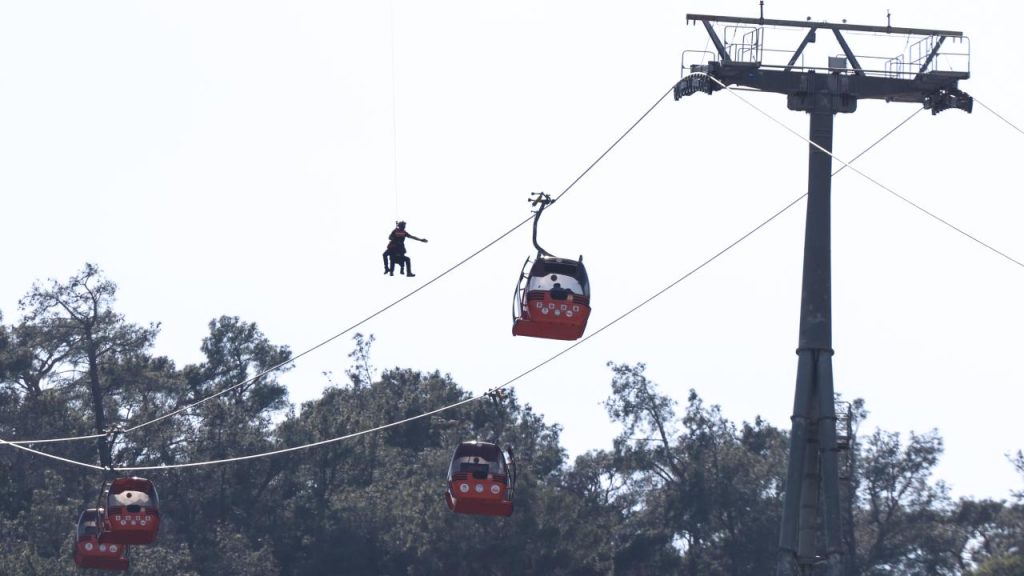An investigation conducted by the Antalya Chief Public Prosecutor’s Office revealed that the cable car facility, which was under the custody of the Antalya Provincial Special Administration, was transferred to the management of Antalya Metropolitan Municipality in 2016. The preliminary report highlighted the mechanical evaluation of the facility and stated that the bolts connecting the flanges of the 5th cable car pole had broken, causing the pole to topple over and injure people inside the cabin.
The report further detailed that the 5th pole consisted of a total of 7 flanges and 10 pipe sections, with a tri-legged structure at the bottom and a single column continuation at the top. The investigation found that the bolts forming the flange connections had scattered and deformed due to unidentified deformations in the pulleys where the cabin carrying cables passed over them. This led to the severe pulling force causing the bolts to break, resulting in the pole collapsing and causing the steel structure to tear, leading to people falling inside the cabin.
The factors leading to the incident were categorized into two groups, with the report noting that the pole had fallen due to the cable pulling excessively on the pole as a result of the cable entangling in the pulley and the failure of the safety switch to function properly. It was determined that the pole did not topple due to the cable getting stuck, but rather because the bolts could not bear the load and broke, causing the pole to fall. The report also mentioned the lack of documented maintenance records for the cable car poles, revealing neglect in ensuring the safety of the facility.
Additionally, the preliminary report highlighted the deficiencies in the risk assessment carried out by a team from Anet AŞ in November 2023, pointing out that the assessment did not adequately address the risks at the facility. The report also noted that some maintenance personnel did not possess the required professional qualification certificates, indicating shortcomings in the technical expertise of the staff responsible for the operation and maintenance of the cable car system.
The investigation also reviewed the maintenance and operation contract between Anet AŞ and Megatower AŞ, revealing that many maintenance tasks were assigned to Megatower by Anet AŞ. However, the report highlighted the lack of documentation regarding how the on-site inspections and acceptance checks were conducted by the engineers from Anet AŞ, raising concerns about the oversight and quality control processes within the companies responsible for the cable car facility.
In terms of safety measures, the report mentioned the presence of safety switches on each pole of the cable car system, designed to cut off the energy supply and activate the emergency brakes in case of damage to the carrying pulleys. However, it was noted that during the incident, the control cable connected to the safety switches was dislodged from the control panel on the pole, causing the system to fail, leading to the cabins remaining suspended. The report also highlighted the absence of updated Emergency Response Plans and Risk Assessments at the facility, indicating deficiencies in the emergency preparedness and risk mitigation practices.


